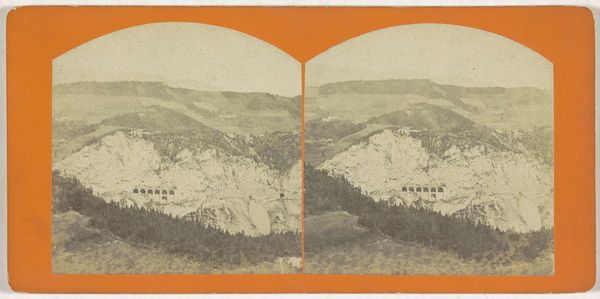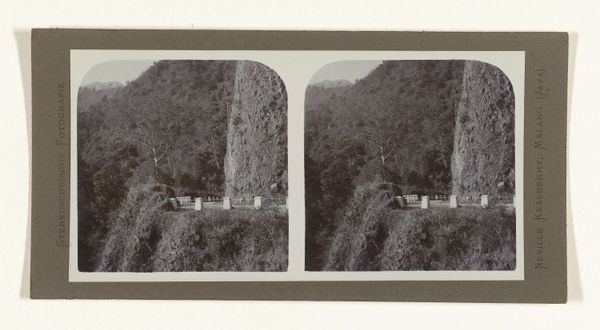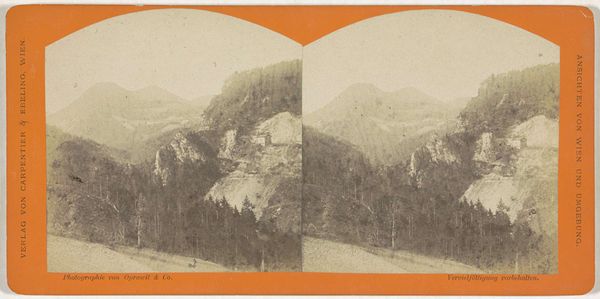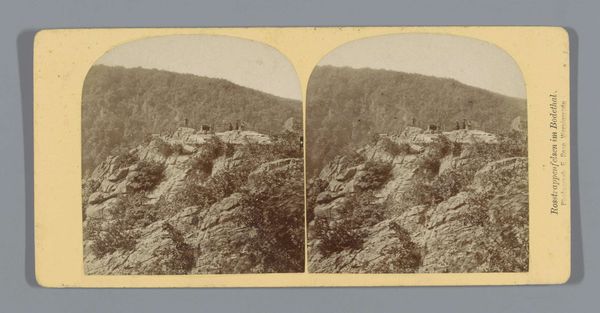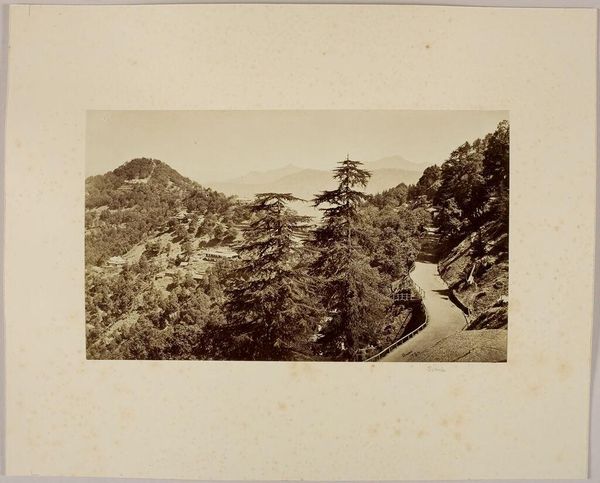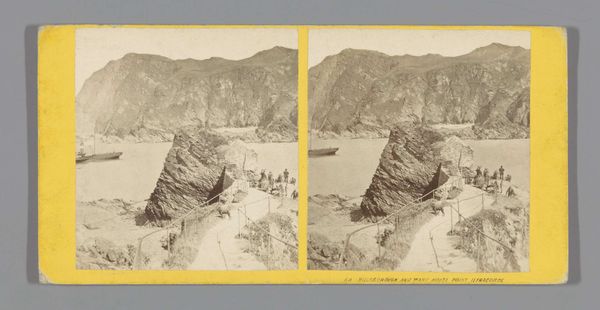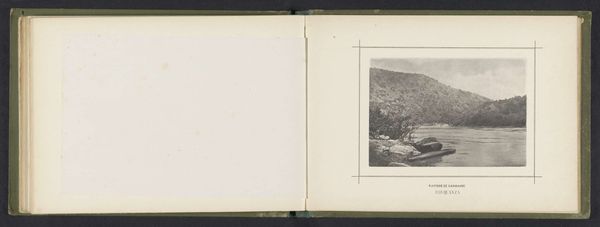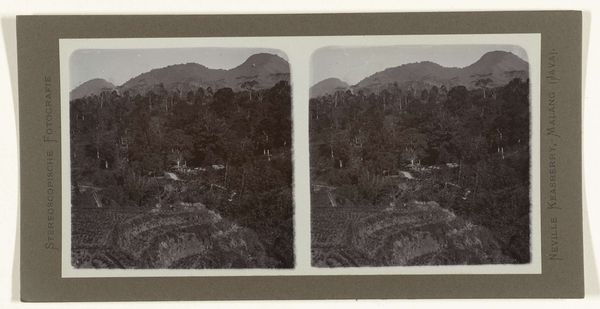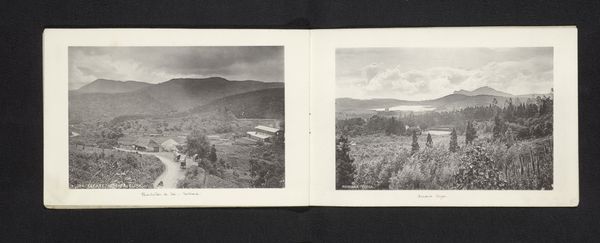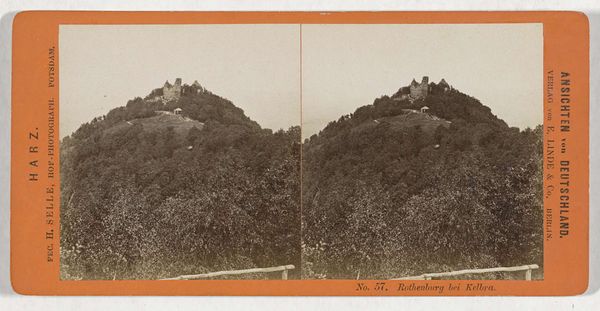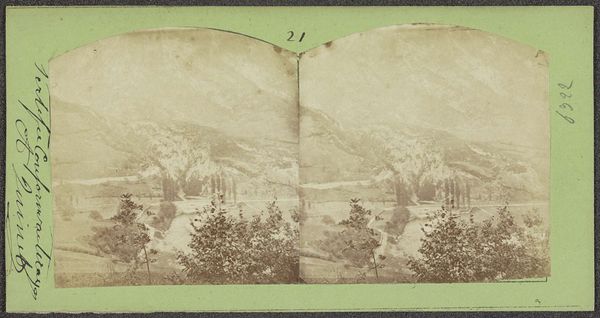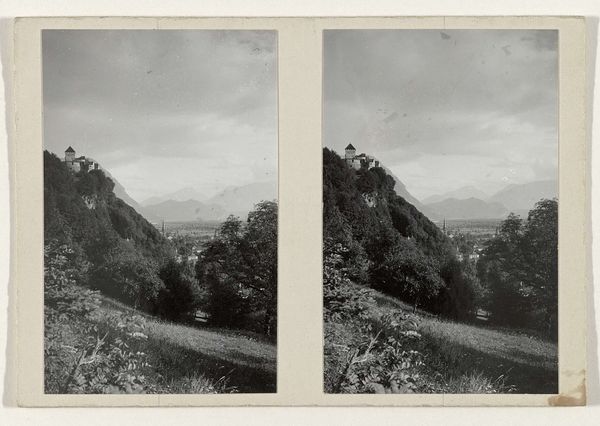
print, photography
# print
#
landscape
#
photography
#
realism
Dimensions: height 87 mm, width 177 mm
Copyright: Rijks Museum: Open Domain
Editor: This photograph, "Gezicht op de Metilstein, gezien vanaf de Wartburg," created by Hermann Selle between 1868 and 1890, offers a picturesque view of a mountain. I am intrigued by the dual image format. What's your perspective on this scene? Curator: This stereoscopic photograph serves as more than just a depiction of a landscape; it's a carefully constructed vision designed for mass consumption. What do you think this format offered to viewers at the time? Editor: Perhaps a heightened sense of reality, a sort of virtual tourism before its time? Curator: Precisely. And this democratization of scenic views becomes particularly interesting when we consider the historical context. Wartburg Castle held profound symbolic weight, linked to Martin Luther and German identity. Selle's work enabled the wider distribution and vision of German culture. Who did this distribution involve? Editor: Looking at the image’s OCR, London and Berlin locales, suggest that it’s produced and marketed to audiences within and outside Germany. Curator: Correct. How might that influence Selle's artistic choices? Editor: He is emphasizing an aspect of Germany that might resonate abroad, selling both German culture to Germans and providing the vision of Germany for the other. It is realism at the service of constructing and distributing national identity. Curator: An astute observation. Such images fostered a collective idea, or brand, of what it meant to experience Germany. Art plays a vital role here in mediating cultural exchange and nationalism. Now, when you view this with that in mind, how does it impact your initial impressions? Editor: It prompts me to reflect on how art functions in shaping identity and culture at a critical time in the nation’s history and its impact beyond its national border. Curator: Exactly, it allows us to consider art’s impact on society and politics beyond aesthetic considerations alone.
Comments
No comments
Be the first to comment and join the conversation on the ultimate creative platform.
